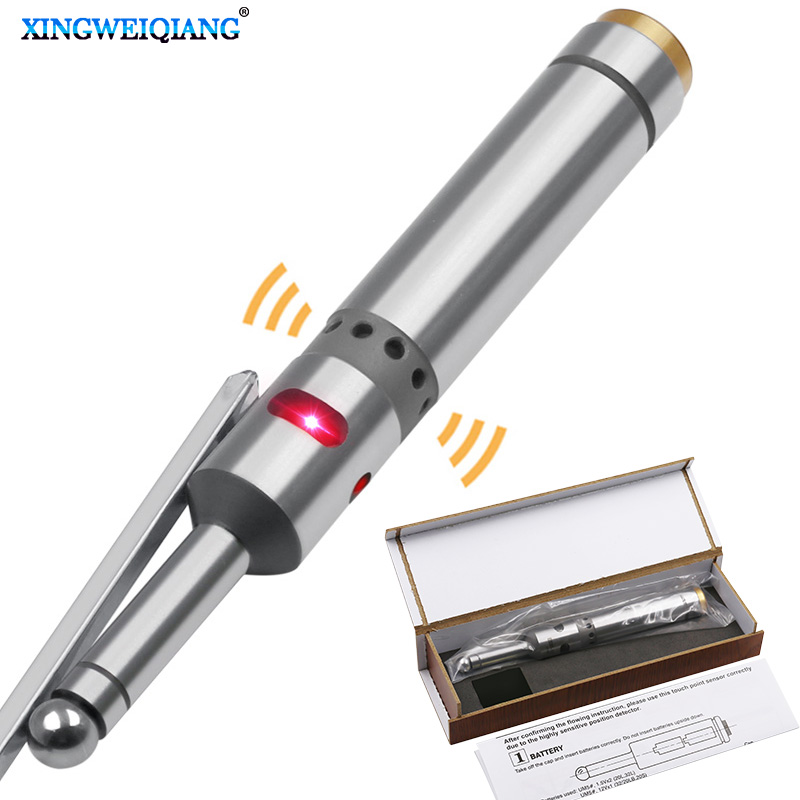@Tom Kitta ,
@Tom O &
@PeterT .
Time may prove me wrong on this one and I might have wasted some money. But it was a calculated risk I took with my eyes wide open. (well, maybe some rose coloured sunglasses on).
I saw the Ali express finders and a few on Amazon too. Accusize also sells two models. The one I got is the better one with 0.0002mm precision. I also bought a Fowler with 0.00001" precision which converts to 0.0003mm at $35. 1/3 the price of the Accusize. So I bought one of those too. (I did say I splurged on this - remember?)
BUT the accusize has a ball that can also be used for vertical edge detection. The fowler is only rated for side detection.
The fowler has a 0.2" cylindrical tip. The accusize has a 0.4" ball. I wanted one of each to play with.
I started out wanting to experiment and I was willing to pay a little for the lessons I might learn. One of those lessons might be "Don't spend money on meaningless precision".
That said, I have no regrets about the money I may have wasted on my Mitutoyo, Starrett, and Interapid precision tools. Not that accusize is in their league, but I'm absolutely certain that most of the other metrology instruments I have acquired from various sources is mostly pure junk.
I've been having good experiences lately with Accusize so I figured a hundred bucks for this kind of equipment was a reasonable risk to take given that they actually provide a number. Most of the stuff on Amazon and Ali would not even provide a number. I don't like that, but we will see how that all shakes out with time.
The specs for the $20 unit that Tom Kitta referenced say that it has 0.003mm precision. That's an order of magnitude poorer than the fowler.
Maybe that doesn't matter in the end, but for whatever reason I thought it was worth the extra coin to get the Accusize. Time may prove that wrong and perhaps even foolish.
My DRO is capable of sensing at the 1 micron level (0.00004"). So I used it to evaluate the two units. Sure enough, both were consistently accurate to +/- 1 micron over 10 samples minus a few I Fugd up. I had speculated that the difference in the two ratings might be purely a function of the point contact of a ball VS the line contact of a cylinder. That doesn't appear to be the case - at least not within the 1 micron resolution of my DRO.
Right about now you might be asking yourself why anyone would care. In fact, that's what I'd be asking if this was your thread. My answer is simple - I don't know what I don't know but in general I believe better is better. I can always use better where it isn't needed but I can't use less where more is needed. My curiosity also needs to be regularly fed.
Anyway, I remain very impressed with both units, but I favour the accusize unit because it will also do Z (if I can figure out how to do that) and because it also has a beeper and I REALLY like that!

 www.aliexpress.com
www.aliexpress.com

